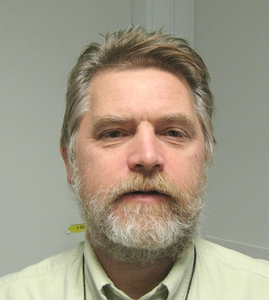Graphene on silicon carbide has shown to give an accurate resistance standard and to outperform the presently used gallium arsenide devices in many aspects. Now researchers at MIKES show that the measurements can be done at lower magnetic fields and on industrially produced material.
Quantum resistance standard is an ultimate test of materials. This resistance, based on the quantum Hall effect in two-dimensional structures, allows very accurate realization of resistance in terms of two fundamental constants of nature: elementary charge e and Planck constant h. Then it is independent of other factors and may therefore be used as a universal standard for resistance.
Quantum resistance measurements require a high applied magnetic field and a low cryogenic temperature. Earlier precision measurements on graphene have been performed in a magnetic field of about 10 tesla or more, and at temperatures of about 0.3 kelvin or below. The researchers at MIKES now demonstrate that highly accurate measurements are obtained at lower magnetic fields, in the range from 8 down to 3 tesla, even when measurement temperature was not less than 1.5 kelvin. Using MIKES’s self-developed precision resistance bridge based on a cryogenic current comparator (CCC), the correctness of the quantum Hall resistance of the graphene device could be verified with accuracy much better than 1 part per million.
Graphene-based quantum Hall standard of resistance developed in collaboration between MIKES and Aalto University on graphene supplied by Graphensic AB.
These measurements were performed on industrially produced material supplied by Graphensic AB, Europes first commercial supplier of graphene on silicon carbide that applies a high growth temperature method to produce the graphene. Photolithographic patterning and electrical contacts were made by Aalto University.
– It is very interesting to see how the material and its growth can be pushed to maintain the exceptional properties of graphene, says Alexandre Satrapinski who is in charge of graphene research at MIKES.
The work was published in Applied Physics Letters on 23 October (DOI: 10.1063/1.4826641).
More information:
MIKES: Dr. Alexandre Satrapinski, alexandre.satrapinski@mikes.fi, tel. +358 2950 54431
Aalto University, Micro and Nanoscience Laboratory, Micronova: Dr. Sergey Novikov, sergey.novikov@aalto.fi





.…
thanks!!…